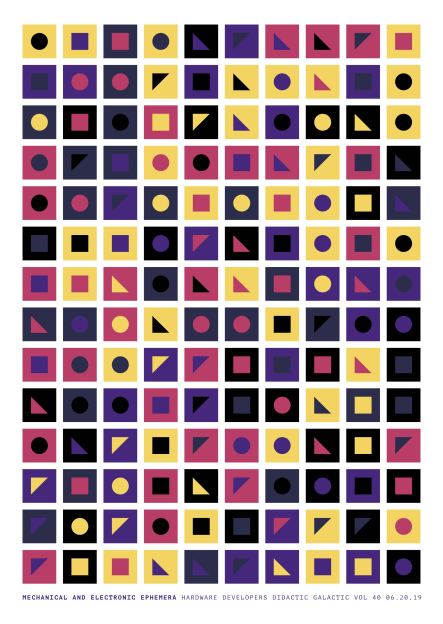For the last several years, we’ve hosted a series of meetups for the Bay Area. This week is no different and we’re pleased to announce the fortieth Hardware Developers Didactic Galactic. It’s this Thursday, June 20th, in downtown San Francisco.
 The Hardware Developers Didactic Galactic is our monthly IRL meetup, where we ask hardware developers what makes their thing tick. We’ve done dozens of these things, and for those of you in Internet-land, all the talks are available online. Even if you’re not in the Bay Area, all the talks are live streamed. Yes, you too can participate in the event, even if you’re not going to physically attend! It’s an amazing technology called ‘the Internet’ that combines real life with virtual being! It’s like [William Gibson] created some sort of virtual/hyperspace interface.
The Hardware Developers Didactic Galactic is our monthly IRL meetup, where we ask hardware developers what makes their thing tick. We’ve done dozens of these things, and for those of you in Internet-land, all the talks are available online. Even if you’re not in the Bay Area, all the talks are live streamed. Yes, you too can participate in the event, even if you’re not going to physically attend! It’s an amazing technology called ‘the Internet’ that combines real life with virtual being! It’s like [William Gibson] created some sort of virtual/hyperspace interface.
For this month’s talks, we’ll be joined by Embedded Ninja Shaun Meehan. Shaun has previously given talks that answer the question, what happens when the majority of your work blows up on the Antares space accident? You turn around and get some of your second string units on the next SpaceX launch (9 days later)! Shaun will be talking about his two 300kg robotic arms, FRED & LEFTY, and the project of replacing their 1987 era controllers. This talk includes high power electronics, FPGAs, fixed point algorithms, galvanic isolation, transistor matching, splitting transistors in half, strange position sensors, homemade 3-phase 480 in a garage, and freight LTL shipping.
The live stream for the talks will be available here. Of course, if you can make it to downtown San Francisco (a few blocks south of the Powell Muni/BART stop) we’d be happy to see you. It all goes down Thursday, July 20th, at 6:30 PM.
















